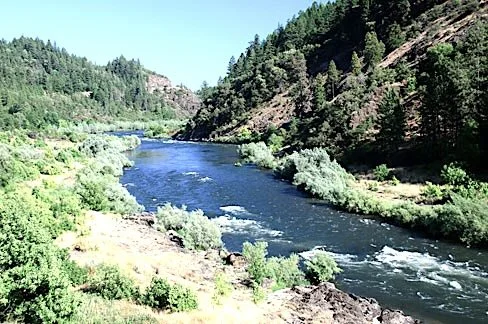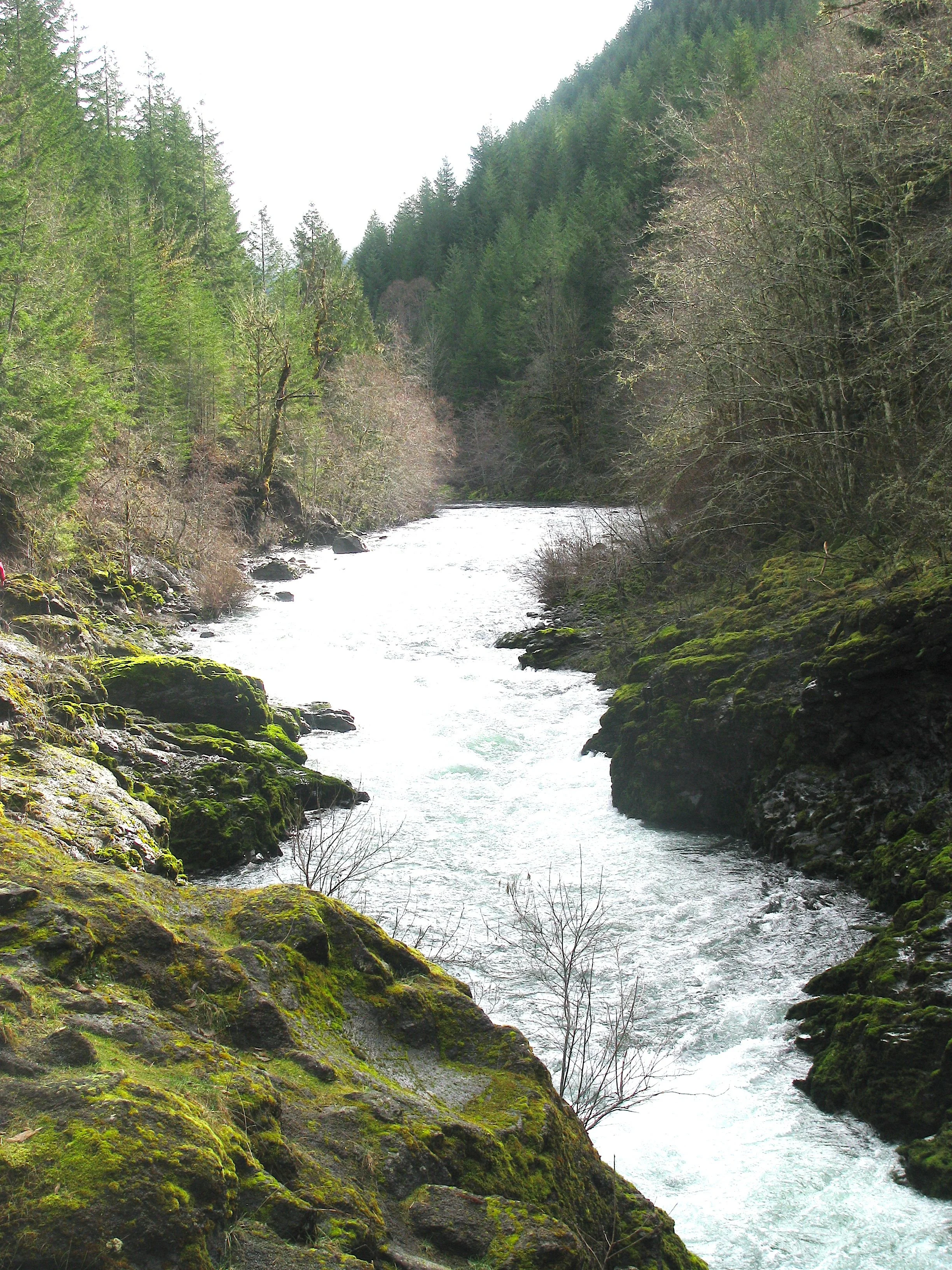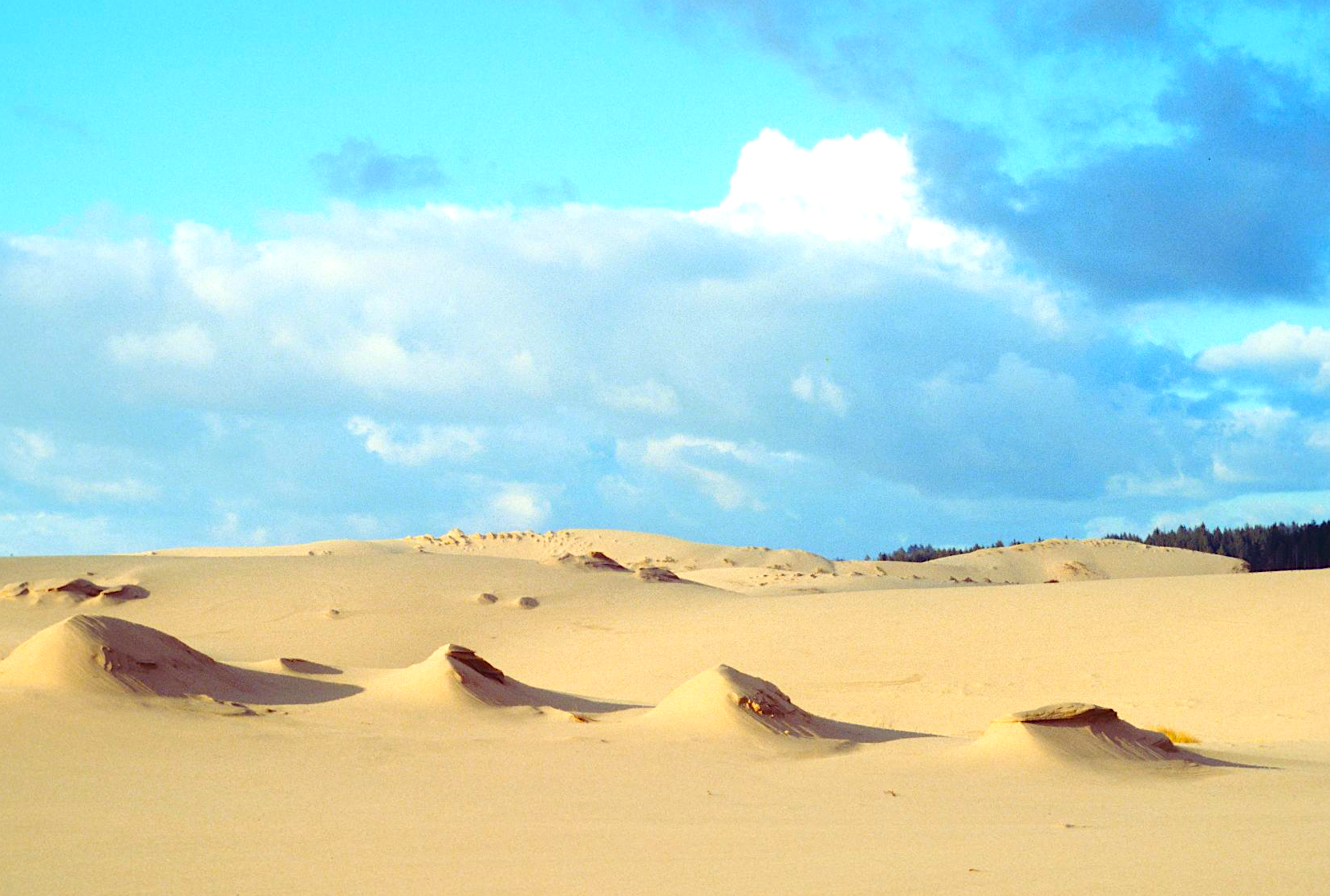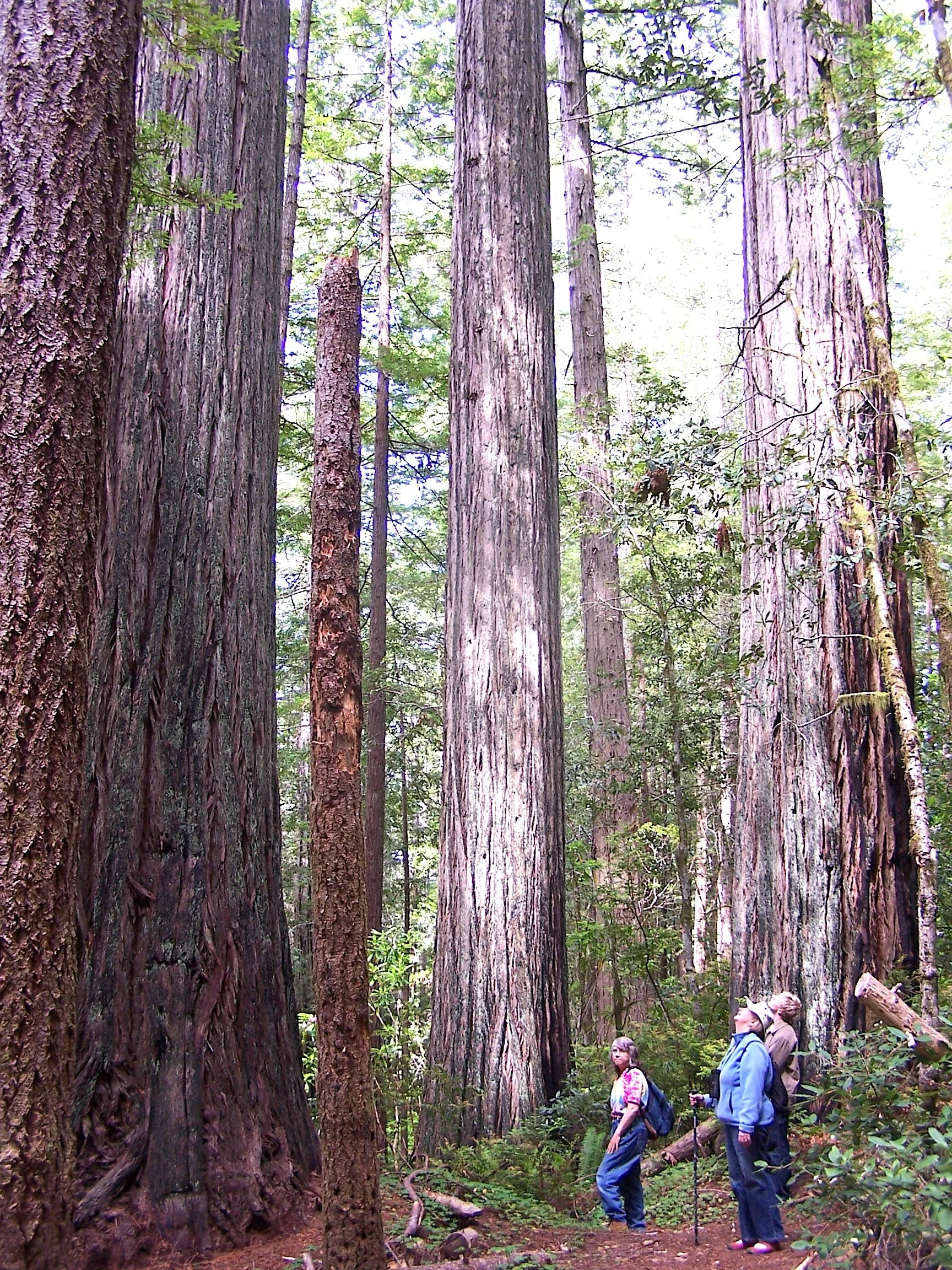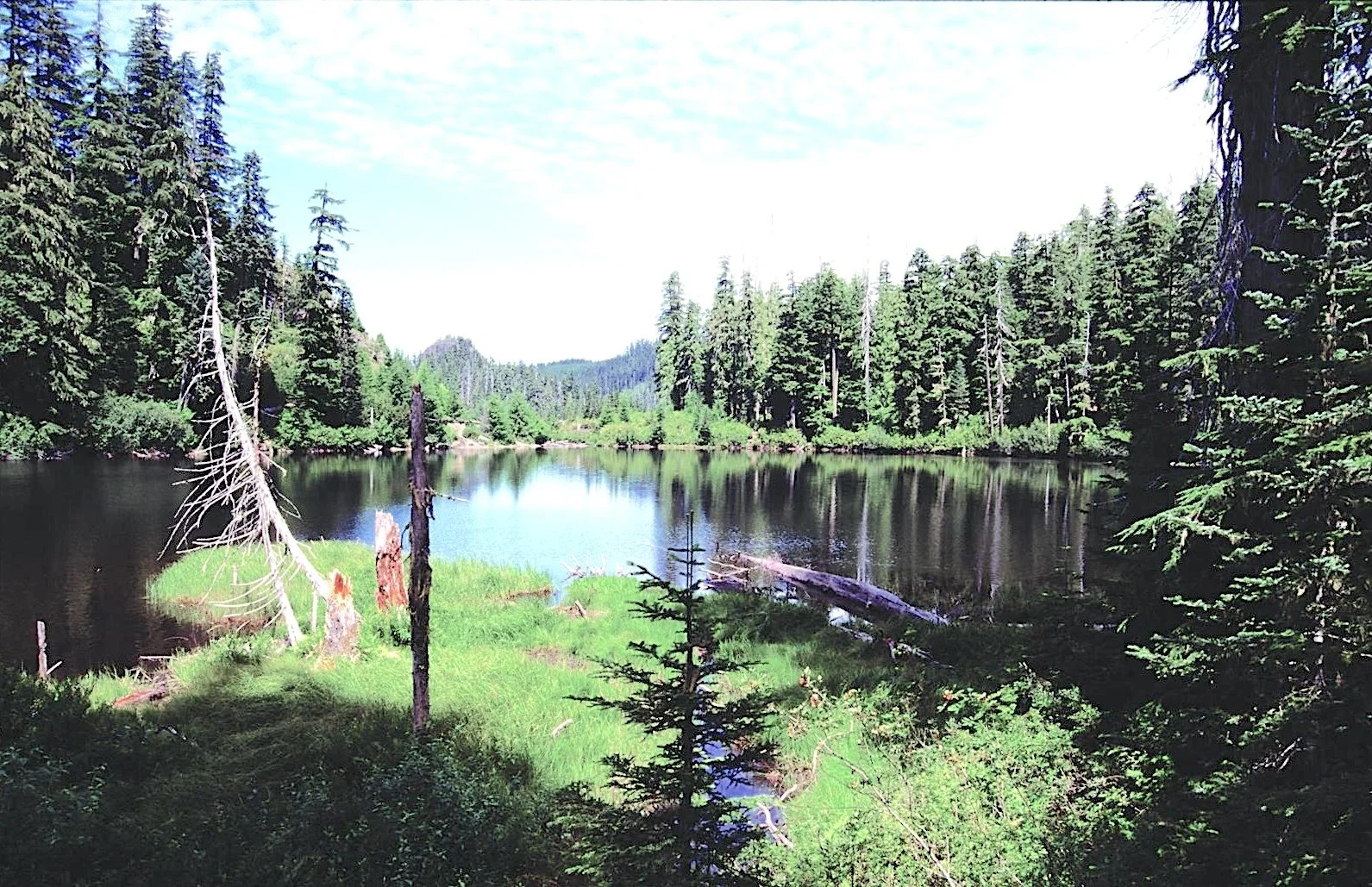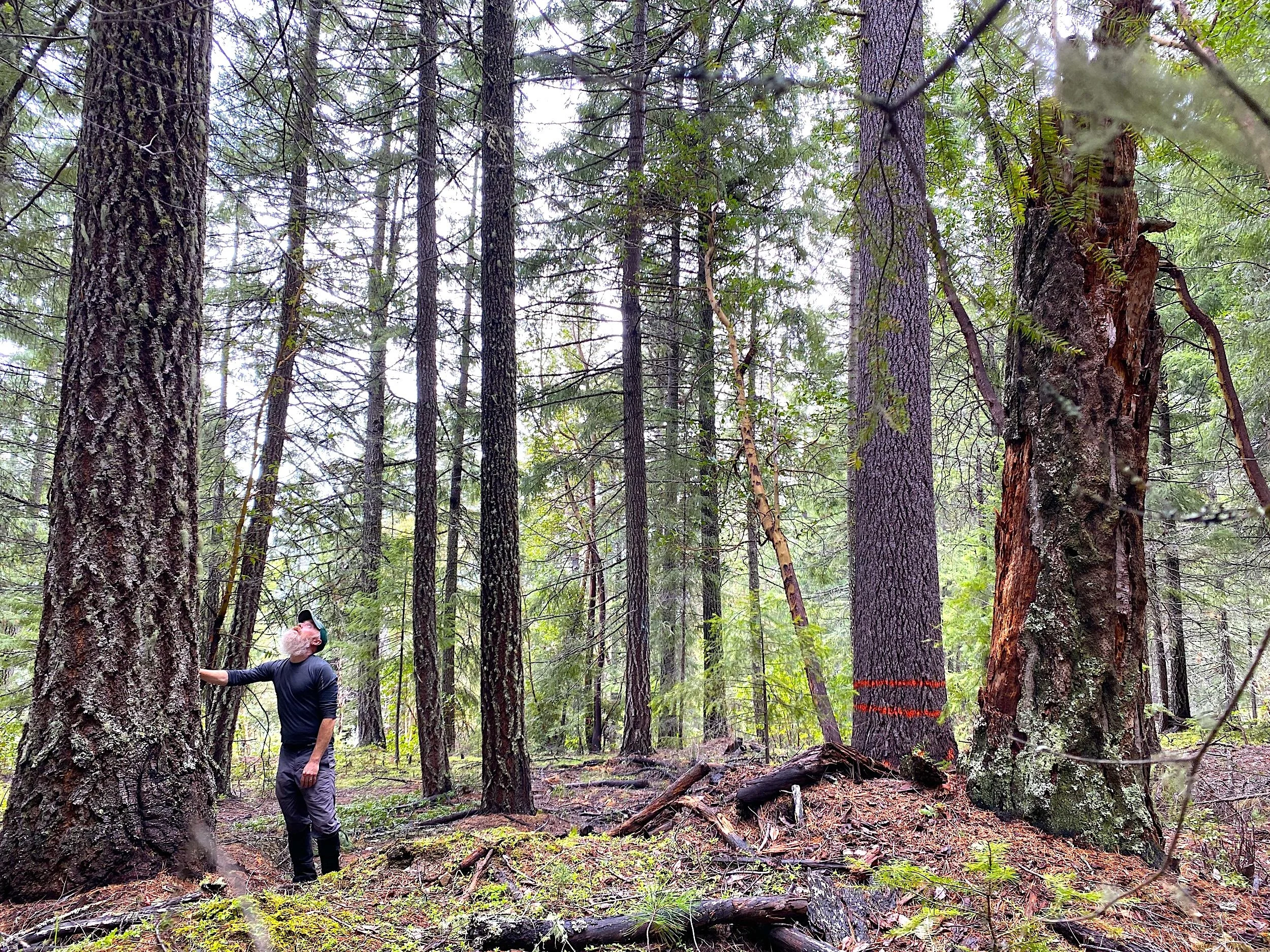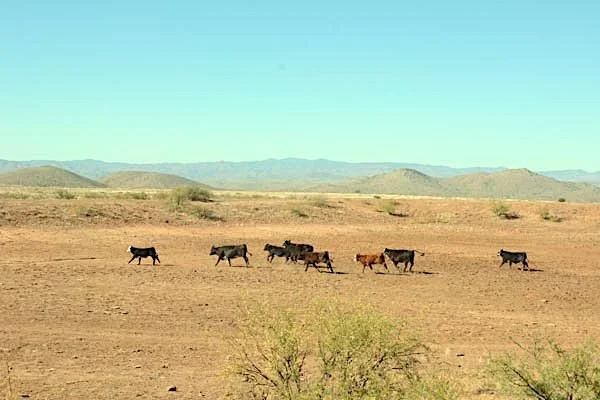The Columbia River Gorge Is Dead; Long Live the Columbia River Gorge—Unless Greg Walden Has His Way
Part 1: It’s a Beautiful, Natural, and Necessary Thing That Nature Changes
Everyone—including many a card-carrying conservationist—just needs to take a deep breath. Yes, there was a relatively large forest fire mostly on the Oregon side of the Columbia River Gorge. However, the clearing of the smoke gave proof through the day that our gorge was still there.
Dancing on the Dark Side: Wyden Guts His Own National Recreation Area System Bill
Of the 15 listed Public Lands Enemies, the top three hail from Utah and the state’s congressional delegation occupies fully one-third of the ignoble list. The only member of the state’s delegation not to be on the top 15 public lands enemies is Rep. Mia Love (D-4th-UT.)
The Proposed Oregon Wildlands Act of 2017: Very Good but Not Yet Great
The congressional conservation pipeline is clogged. This is not because it is too full of fine legislation that would elevate the conservation status of certain public lands by designating wilderness, wild and scenic rivers, and other special protection areas, but because of the general dysfunction of Congress.
Closing the Mining Loophole for Wild and Scenic Rivers
The Chetco protection provision has yet to pass but has been reintroduced in various forms in every Congress since then. The freestanding bill or its legislative language has been included in sixteen pieces of congressional legislation since that time. Yet Congress still has not gotten its act together to save the Chetco from suction-dredge gold mining.
Now That’s a Member of Congress!
In addition to the usual (and vital) proposed additions to the National Wilderness Preservation System and the National Wild and Scenic Rivers System, Huffman’s draft legislation proposes several innovative and novel congressional designations that call for ecological restoration, nature conservation, and/or increased recreation.
The Westerman Bill: The Timber Industry’s Wet Dream
Logging in Lane County, Oregon on both public and private lands.
The Westerman bill would legislate horrifically harmful public forest policy into law. Among its many sins, the Westerman bill would
Increased Wilderness Demand Calls for Increased Wilderness Supply
Population is continuing to grow in Oregon vis-à-vis population growth in other states, to the point where Oregon may well get a sixth Member of Congress after the 2020 census. People are moving to Oregon to enjoy our quality of life. Besides the beer and the wine, there is the backcountry and the wild that makes Oregon Oregon.
Federal Systems for the Conservation and Enjoyment of Lands and Waters
Over the course of more than a century, Congress—or the executive branch using expressed authorities granted by Congress—has established various systems for the conservation, management, and enjoyment of federal and other lands and waters. On the whole, these systems are bold, visionary, and remarkable.
Federal Payments to Timber-Addicted Counties
Until the first judicial injunctions brought most logging of northern spotted owl habitat to a halt, the monies came mostly from the sale of old-growth forest. These forests were being logged at a rate of more than three square miles each week on federal public forestlands in Oregon
The High Cost of Cheap Grazing
It costs more to feed a domestic house cat than to graze domestic livestock on federal public lands. This has generally been the case since the early 1900s, when the federal government first required ranchers to pay a fee for grazing their livestock on millions of acres of federal land, primarily in western states.
A Monumental Battle, Part 2: National Monuments in the Congress
There is no question that an Act of Congress can eliminate, shrink, or weaken a national monument proclaimed by a president pursuant to authority granted by Congress. What Congress giveth, Congress can taketh away.
Wilderness: Expanding Concept, Shrinking Supply
Limits have been considered on visitors to Oregon’s Mount Hood Wilderness and Washington’s Alpine Lakes Wilderness, which are within easy reach of the Portland and Puget Sound metropolitan areas. In some cases, the Forest Service has contemplated visitor reductions as large as 60 and 90 percent. Such limits are already common on popular floating rivers including the Rogue and the Colorado.
National Forests in the Western United States: A Magnificent Start and More to Establish
Until the latter third of the nineteenth century, forests in the United States were considered inexhaustible—not renewable, but inexhaustible. But by the 1880s, with watersheds on public and private lands were being decimated by unrestrained logging and grazing, an emerging conservation movement was beginning to convince the public—and would eventually convince Congress—that something needed to be done.
National Forests in the Eastern United States: An Incomplete Legacy
Take a gander at your favorite statewide maps, on paper or in Google Maps, and you may be left with the impression that those green polygons labeled National Forest are indeed solid expanses of national forest. In the West and Alaska, mostly yes; in the East, not so much.
Reigniting the Pacific Northwest Timber Wars by Logging More Old Growth: Bring It On, President Trump!
Big Timber in Oregon is so 20th Century. It used to be that timber jobs were above the state’s median wage; now they are below it. Today, only 1.3 percent of Oregon’s jobs arise from falling trees. That number will continue to decline in relative terms as Oregon’s economy continues to grow, and it will continue to decline in absolute terms as the timber industry continues to automate.
A Congressional Conservation Agenda for the Twenty-First Century
Though we’ve burned through one-sixth of the current century, Congress has yet to enact any sweeping and bold public lands conservation legislation in the new millennium. There’s still time though, and a crying need.
A Federal Public Lands Grazing “Right”: No Such Animal
While federal public land grazing permittees don’t have a property right associated with such grazing, they do have a property interest. Federal grazing permits have monetary value in that they are associated with particular ranches (“base properties”). The IRS taxes capital gains in the value of permits attached to ranch properties when they are sold.
A Public Lands Conservation Agenda for the New President
The climate, the oceans, species, watersheds, ecosystems, landscapes, cultures, and economies that depend on federal public lands all depend upon the 45th president of the United States having a bold public lands conservation agenda.
A National Desert and Grassland System
Even today, one can drive across the American West and view literally millions of acres of federal public lands under the jurisdiction of the Bureau of Land Management (BLM) without even knowing it
The Bipolar State of Utah and National Monument Designation
It’s worth summarizing how Utah’s beloved national parks came into being. The general trend is that they were first national monuments proclaimed by far-away presidents, almost always over the opposition of the State of Utah Image by: Fuji Nakama

